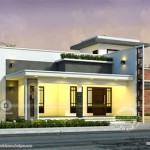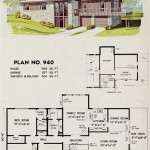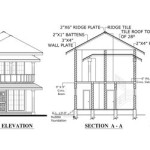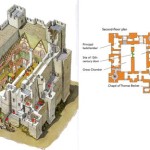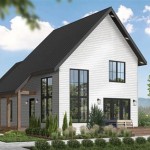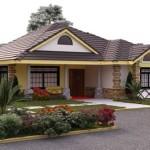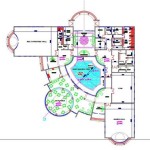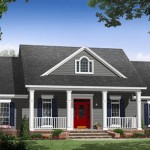Essential Aspects of Basic Tiny House Floor Plans
Tiny houses have gained immense popularity in recent years due to their affordability, sustainability, and unique charm. Designing a functional and efficient floor plan is crucial in creating a comfortable and practical living space within a limited area. Here are some essential aspects to consider when planning the layout of a basic tiny house:
1. Space Allocation:
Determine the intended use of each space within the tiny house. Consider the number of people who will be living in it, their daily routines, and storage needs. Allocate specific areas for sleeping, cooking, dining, bathroom, and storage to ensure optimal utilization of space.
2. Layout Efficiency:
Maximize space by incorporating multi-functional furniture and storage solutions. Consider foldable or retractable furniture, built-in appliances, and vertical storage to save horizontal space. Utilize natural light by positioning windows and skylights strategically.
3. Traffic Flow:
Plan the layout to create a smooth flow of movement throughout the tiny house. Avoid bottlenecks and ensure there is adequate space for people to move comfortably. Designate separate areas for high-traffic zones, such as the kitchen or bathroom, and incorporate transitions between spaces to improve accessibility.
4. Natural Light:
Incorporate ample windows and skylights to bring in natural light and create a sense of spaciousness. Natural light reduces the need for artificial lighting, saving energy and enhancing occupant well-being. Position windows strategically to maximize views and avoid glare.
5. Storage Solutions:
Storage is a critical aspect of tiny house living. Built-in cabinets, drawers, shelves, and under-bed storage maximize vertical space and keep belongings organized. Utilize hidden compartments or dual-purpose furniture to create additional storage without sacrificing living space.
6. Ergonomics and Accessibility:
Consider the ergonomics of the layout. Ensure that furniture and appliances are positioned at comfortable heights and within easy reach. Provide accessible features, such as grab bars in the bathroom or ramps for mobility assistance, if necessary.
7. Flexibility and Adaptability:
Tiny houses often require adaptability over time. Design the floor plan with flexibility in mind, allowing for future modifications or additions. Consider modular designs or multi-purpose spaces that can be reconfigured to meet changing needs.
By carefully considering these essential aspects, you can create a basic tiny house floor plan that is both functional and efficient. A well-planned layout will enhance your living experience, making your tiny house a comfortable and welcoming space.

Tiny House Floor Plans With Lower Level Beds Tinyhousedesign Design

27 Adorable Free Tiny House Floor Plans Craft Mart

Tiny House Floor Plans Design Your

Tiny House Plan Examples

Tiny House Plan Examples

Tiny House Floor Plans 32 Home On Wheels Design

Open Concept Kitchen With Island Facing Living Room

12 X 20 Tiny Home Designs Floorplans Costs And More The Life

Floor Plan For Tiny House

2 William S Tiny House First Floor Plan Top And Mezzanine Bottom Scientific Diagram

